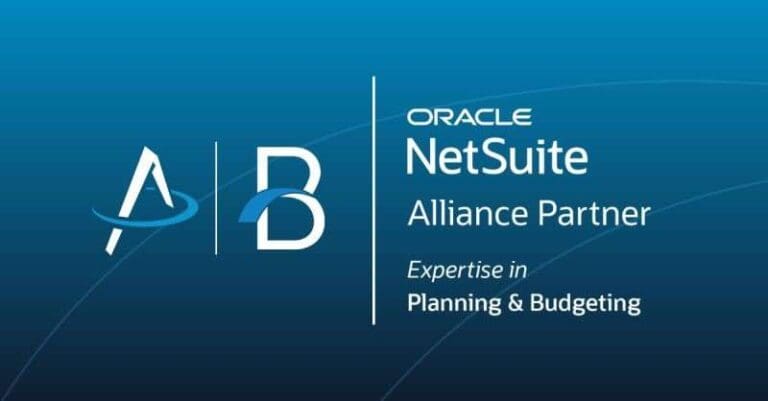SOX Compliance 101: Definition, Tips and Challenges

It has been nearly 20 years since the likes of Enron and WorldCom altered the trajectory of accounting and finance.
In those two decades, almost every accountant-to-be has been learning about these infamous scandals and how they came about.
In the process of learning about the fallout of these scandals, many of us were simultaneously introduced to our good friends Senator Paul Sarbanes and Senator Michael Oxley.
The Sarbanes-Oxley Act of 2002, better known as SOX, was created and enacted to prevent similar catastrophic financial failures from occurring again.
Clients and financial service institutions alike have been working on ensuring their clients are SOX compliant to this day.
But what exactly does SOX compliance entail? What can you be doing to ensure that your organization is compliant without disrupting the flow of your everyday business?
We first need to start with the basics.
Understanding the Basics of SOX Compliance & Key Questions to Ask
1. What is SOX compliance?
When referring to the term and concept of SOX compliance, you should look at it through two lenses: financial compliance and IT compliance.
The financial side of SOX compliance involves implementing, performing and maintaining internal controls throughout the business in any areas that ultimately affect financial statements and reporting.
The IT portion of SOX compliance revolves around securing the critical systems and applications used in executing those aforementioned internal controls and business processes.
Financial compliance and IT compliance are essential steps in preparing your organization for SOX audits, a necessary item for companies looking to go public.
2. What goes into a SOX audit?
SOX audits require testing the design and effectiveness of business process controls and IT controls.
For more information on SOX audits, please head here: SOX Risk Assessment: How to Prepare, Tips & Challenges.
3. What are some challenges of SOX compliance?
One of the challenges and perceived roadblocks with SOX compliance is implementing all the controls necessary to create a SOX compliant environment, especially amongst control owners.
Owning a control can often be seen as a nuisance by control owners; it feels like yet another task on what may be a long list of their typical responsibilities. This may feel doubly true during an audit, with testers asking for supporting documentation.
The goal of internal controls is to have them implemented such that they occur in the natural flow of the business’s process.
Reviewing reconciliations, approving changes to user roles in applications, and other various tasks shouldn’t be viewed as unnecessary roadblocks but rather important checkpoints in a process to make sure that your financial statements are correctly presented.
Why SOX Compliance is Important
Whether you are an established public company looking for help with testing controls or a private company that wants to be SOX-ready if the time comes to go public or anywhere in-between, it’s important to ensure your organization is SOX compliant.
Need SOX Compliance Support?
Bridgepoint Consulting can help you navigate the path to reaching SOX compliance. Our internal controls and SOX experts have experience with various industries, client sizes, and control environments that help us cater to your needs.
Contact us today or click below to learn more about our Finance & Accounting advisors.
Recent consulting news & industry insights from the Bridgepoint digital content & research teams.




